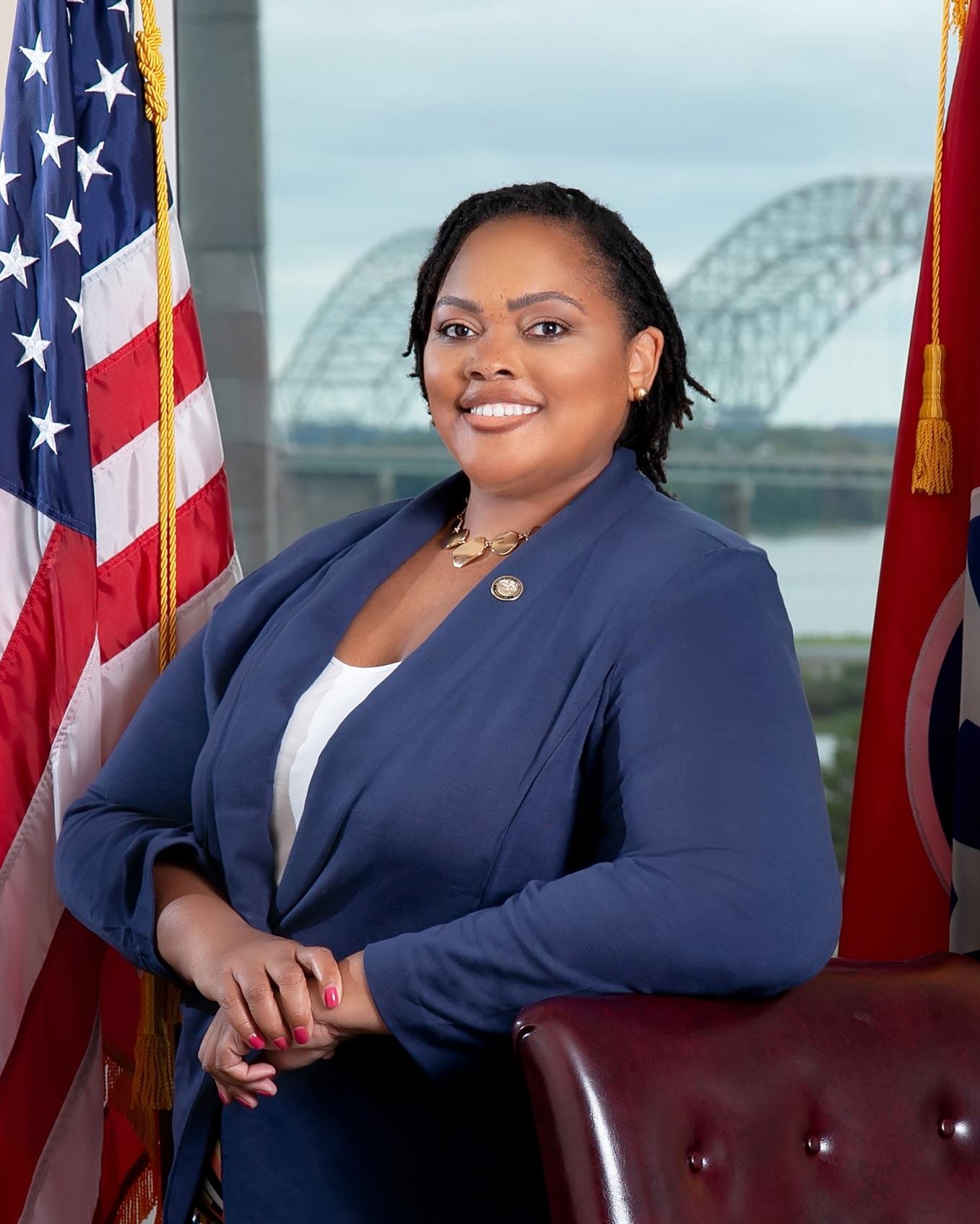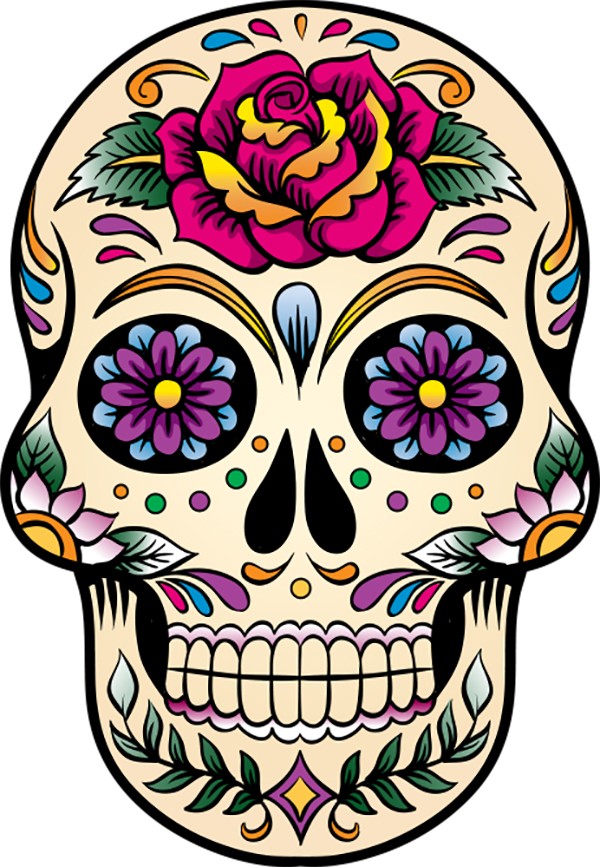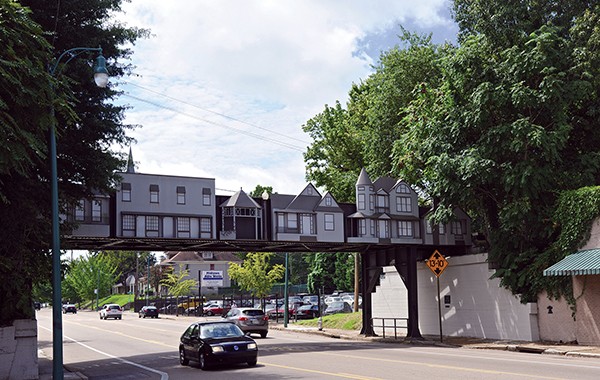Perhaps the least exciting fact I can now share about myself is that I think that early voting is the bee’s knees. I’ve lived in Memphis for more than 15 years, and while I’m not eligible to vote and sometimes I use idioms I’ve picked up without 100 percent confidence that I’m using them correctly, I still hold that early voting is the most wonderful time of the year (sorry, winter holiday enthusiasts and Andy Williams admirers).
Think about it for a second. In this past municipal election, there were 18 early voting locations that, with the exception of the Shelby County Office Building, were open six days a week to all voters. There aren’t any assigned locations during early voting, so an eligible voter could walk into any early voting location with their ID and vote instantly. Heading back home after work, school, or the grocery store, and feeling informed about local politics and candidates? You could just pop into any location and cast your vote. It’s probably quicker than going through a drive-thru (which would be a great idea for a polling place if the election commission hasn’t considered it yet). Isn’t that so exciting?
 Jitdreamstime | Dreamstime.com
Jitdreamstime | Dreamstime.com
Well, it was for me when I learned about it, and as it turned out, even though early voting has been around in Memphis for at least 20 years, I wasn’t the only one who didn’t know how it works. In the couple of weeks leading up to the October 3rd elections, I canvassed with Memphis For All, an independent political organization that works to improve voter participation and create progressive infrastructures that address the important issues that affect Memphians across racial and class lines. In this short time, I learned a lot about our city, local elections, people, and myself.
Like many Memphians, I’m still a bit lost on how the geography of districts works. I talked to some people at the edges of the city who forgot they could vote in local elections or maybe hoped that by moving far out enough they could avoid it altogether. For others, it was obvious they were in the city limits but they weren’t familiar with the candidates running for mayor or city council. There weren’t any campaign or election yard signs, door hangers, flyers, or anything of the sort in some of these neighborhoods that would suggest that campaign teams had canvassed the area before.
Given the history and current state of restrictions on voting that have disproportionately affected racially and ethnically marginalized communities, early voting is, of course, a great step toward increasing voter turnout by making voting times more accessible. But how was this information, or any general information about local elections, not reaching all Memphians? As we made phone calls, sent individual texts, and knocked on doors, it became clear that face-to-face time with folks was important for candidate name recognition and to bring more attention to the importance of local elections.
We knocked on thousands of doors and walked up and down countless neighborhood hills and apartment complex staircases. We talked to Memphians on their porches, front lawns, and, to some who initially thought we were trying to sell them AT&T internet, through their window blinds and storm doors.
We talked about public education, health care access, living wages, voting rights, and much more. I learned that people didn’t know the early voting locations and some were unsure about their assigned polling location for election day. While the list I worked from had many voters on the younger side, most of the people who answered the door were over 35. A handful of the people I talked to weren’t eligible to vote because of a felony conviction and wanted to learn more about voting rights restoration. Once I got into a conversation where the person realized I wasn’t trying to sell them cable, they opened up about their experiences on elections and voting. Each day the summer heat was unrelenting, but as we walked back to our cars as the sun went down — with fewer flyers in hand and more voter pledge cards filled — I packed up feeling energized about my city and her people.
I’ll continue to think through the fact that this year we had the second-lowest turnout in city elections ever because it’s a reality we cannot afford to shrug off. Yet, the results of the elections have not diminished how I feel. If anything, it has made me feel more confident in the work we did through Memphis For All. Of course, we’ll all look back and think about all the “should haves” that could have increased those numbers: “We should have done this. We should have done that.” But it’s in these numbers that we also had some of the best conversations with Memphians.
There are lessons in each exchange we had where we learned about the questions, concerns, and visions for our city from folks of truly all age backgrounds. If I had to do it all over again with weather forecasts in mind, I would pack more Gatorade in my bag and head back out to have those conversations. In one neighborhood, we met a group of young black girls around the age of 6 who, taking a break from their apartment’s playground, confidently approached us curious about what we were talking about to the adults. They wanted to learn more about what mayors and city council people are and what they do, and as we were heading back to the parking lot, they ran up to us with the Memphis For All door hangers in hand. They each pointed at the photos of Tami Sawyer and Michalyn Easter-Thomas and eagerly proclaimed, “That’s me.”
Aylen Mercado is a brown, queer, Latinx chingona and Memphian exploring race and ethnicity in the changing U.S. South.



 Krookedeye | Dreamstime.com
Krookedeye | Dreamstime.com 
 Memphis Notacias
Memphis Notacias  Calvin Leake | Dreamstime.com
Calvin Leake | Dreamstime.com  Joshua Roberts | reuters
Joshua Roberts | reuters